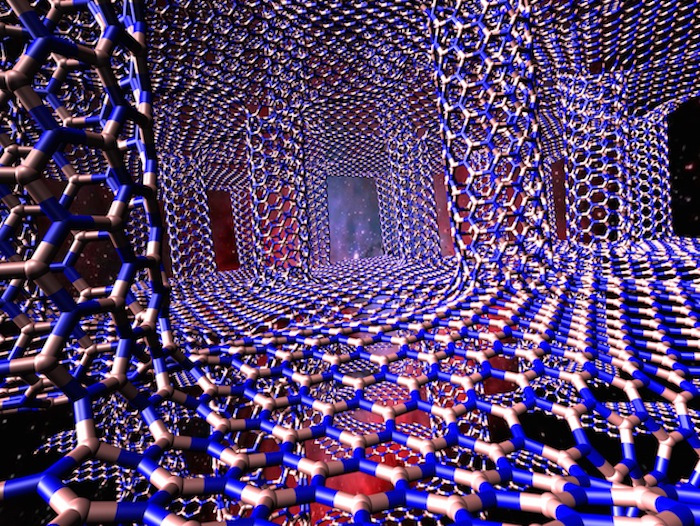Researchers use 3D white graphene to control gadgets heat
Rice University researchers looked at solutions to improve heat flow and discovered that if 3D white graphene structures are coupled with h-BN nanotubes, then heat will transfer in all directions across layers and surfaces without any barrier.
Rouzbeh Shahsavari, researcher from Rice University, explained that 3-D form of boron nitride, known as white graphene, could dissipate heath generated by electronics to keep them functioning longer. One of the main drawbacks in electronic devices is that heat travels fast in one direction, moving quickly along the gadget’s conductive plane, but it doesn’t move as smoothly from layer to layer.
Since white graphene conducts heat, engineers could build electronics that would route heat out and away from key components, even through various layers of material, Fortune reported. But like graphene, the hexagonal boron nitride is a good conductor of heat, which can be quantified in the form of phonons. Unlike graphene though, if you have a 3D structure of h-BN, heat will flow in all directions, instead of keeping to a single plane.
Their work appears this month in the American Chemical Society journal Applied Materials and Interfaces.
Previous studies have shown that graphene may have cooling capabilities, but 3D structures of boron nitride, which is also known as white graphene, have shown promising results as coolant in electronics devices.
“Typically in all electronics, it is highly desired to get heat out of the system as quickly and efficiently as possible”, Shahsavari said.
The researchers noted that the junctions of hexagonal pillars and planes serve as “yellow traffic light” to slow down the energy flow from layer to layer, thus prevent heating. With the notable difference that two-dimensional h-BN insulates naturally, while graphene allow electricity to flow without any barrier.
Given the insulating properties of boron nitride, they can enable and complement the creation of 3-D, graphene-based nanoelectronics. The heat would always prefer to go one way, but in the reverse direction it would be slower. The study was funded by the Rice Department of Civil and Environmental Engineering and the National Science Foundation. Sakhavand is a former graduate student at Rice. The researchers also utilized the DAVinCI supercomputer at the Ken Kennedy Institute for Information Technology, as well as resources from Adaptive Computing, Qlogic, CISCO, IBM and the National Institutes of Health.








